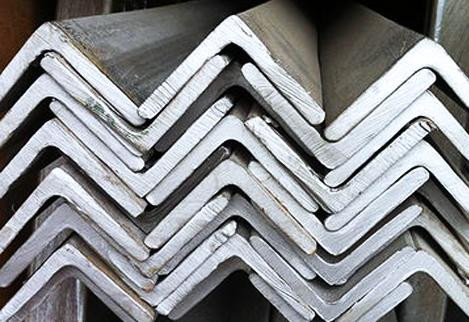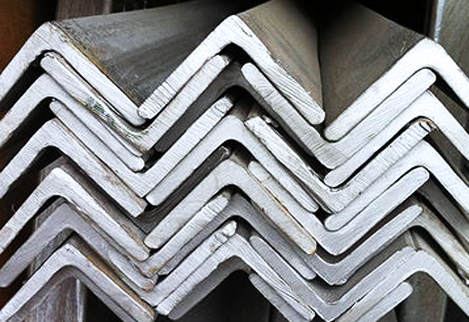There is great variety in the way of identifying and classifying steels. However, most of the industrially used steels have a standard designation expressed by means of figures, letters and signs by Metal Supplier Singapore. There are two types of designations for each type of material, one symbolic and the other numerical.
The symbolic designation normally expresses the physical, chemical or technological characteristics of the material.
On the other hand, the numerical designation expresses an alphanumeric coding that has a sense of order or classification of elements in groups to facilitate their identification. In this case, the designation does not have a descriptive sense of material characteristics.

In general, when the subject of classifying steels angle bar is addressed, it will give different results depending on the approach followed. Thus, a classification can be made according to the chemical composition of the steels, or according to their quality. Steels can also be classified according to their intended use, or if desired, according to the degree of weldability they present.
Depending on the intended use, steels can be classified into the following:
- Construction steels: this type of steel pipe usually presents good weldability conditions;
- General use steels: generally marketed in the rough rolling state; you can use it in hollow section pipes.
- Cemented steels: these are steels that have undergone a thermochemical treatment that gives the piece hardness, although they are also brittle steels (possibility of impact breakage). The cementation process is a thermochemical treatment in which carbon chequered plate is provided to the surface of the steel piece by diffusion. It modifies its composition, impregnate the surface and then subject it to a thermal treatment.
- Steels for quenching and tempering: Through the heat treatment of the quenching, the aim is to harden and increase the resistance of the flat bar steels. For this, the material is heated to a temperature slightly higher than the critical one.It is subjected to a more or less rapid cooling with water, oil, etc. On the other hand, tempering is usually used with parts that have previously undergone a tempering process. It is basically distinguished from tempering in terms of maximum temperature and cooling speed. The final structure achieved is martensite tempered;
- Stainless steels or for special uses: stainless steels are those that have an iron alloy with a minimum of 10% chromium content by mass. Stainless steel plate is resistant to corrosion, since chromium, or other metals it contains. They have a high affinity for oxygen and reacts with it forming a passive outer layer. However, this protective outer layer that is formed can be affected by some acids, causing iron to be attacked and oxidized by intergranular mechanisms or general pitting. Some types of stainless steel also contain other alloying elements, such as nickel and molybdenum;
- Steels for cutting and machining tools: they are steels that have a high hardness and wear resistance;
- High speed steels: they are a special type of steel for use as a cutting tool to be used with high cutting speeds.

